Universal rules of fashion aren’t — choose the ones that fit your
role in life. This series of articles looks at clothing choices for men
in specific, individual careers, from undergraduate college student to
high-powered financier and everything in between. Find the style and the
menswear that
bespoke suit you and your path in life!
At the undergraduate level, “student” isn’t generally a paid
occupation — but it is often the primary investment of a young man’s
time for several key years. Depending on the educational institution,
his general appearance during those years could be anywhere from a
uniform blazer to wrap pants and a tie-dye T-shirt, with most people’s
experience falling somewhere in between those two extremes. Can
classic menswear
be a part of the student wardrobe? Absolutely — within the limits of
the average undergrad’s budget, and the social conventions of modern
academia.
 The Undergraduate Wardrobe: Casual Comfort
The Undergraduate Wardrobe: Casual Comfort
Realistically speaking, most male undergraduate students are
primarily concerned with convenience and comfort in their clothing.
Anything you have to button is iffy; ties are right out. In and of
itself, there’s nothing wrong with that, but there’s still room for
looking good in the world of the casually-dressed — and looking good
matters to professors and potential dates a lot more than it matters to
most guys. Happily, this is the classic “in the world of the blind, the
one-eyed man is king” scenario, and a very little bit of effort can set a
college student apart from his fellows in the eyes of professors and
peers alike.
Stylish Clothing: Shirts with Buttons
It’s really as simple as this: on a campus filled with guys in
T-shirts, someone with buttons on his shirt stands out. They don’t even
have to be done; just having them there sets you a notch above most
guys. And except for the hottest days, an unbuttoned dress shirt thrown
on over a T-shirt and rolled up at the sleeves won’t add anything that
inconveniences you, or that draws comment as being unnecessarily dressy.
A plain white or lightly-colored dress shirt is great day-to-day wear,
or you can throw on a bolder pattern (even a plaid) and stand out a bit
more. Untucked, unbuttoned, and rolled, it’s classic campus chic, and
much more noteworthy than yet another T-shirt or hoodie.
The breast pocket is also a handy place to stick scraps of paper
like, say, a scribbled-down phone number, and you can always button the
shirt up hastily if you need to ask a professor for a favor or your
parents drop by unexpectedly. In the winter, go ahead and button the
shirt up and add a sweater — you can leave it untucked with the tails
showing for a deliberately messy look, or tuck the shirt away for the
classic prep-schooler chic.
Pants for the Undergrad
If you’re playing a sport or otherwise exerting yourself outside, go
ahead and wear shorts, preferably mesh athletic shorts of a comfortable
cut. Otherwise, wear pants. Lightweight khakis or generously-ripped blue
jeans will be fine even on the hottest summer days, and either one is
preferable to hanging out with your knees on display (shorts that fall
past the knees are not even worth considering — all these do is make
people think you’re hiding flabby thighs under extra cloth). If they
flatter your figure, undergrad is the time to wear tight jeans — you
don’t have a lot to carry in your pockets, you’re unlikely to have to
exert yourself beyond walking a few blocks, and it’s a reasonably safe
bet that there are actually people around you who might be interested in
checking out what you’ve got.
Otherwise, opt for comfortably loose, straight-leg jeans or slacks,
but avoid pleats at all cost. Even if they’re more comfortable, they
make you look like your father, which is death at your age. Sweatpants
are strictly for girls, even ones that don’t have writing on the butt.
Details of College Style
Assuming you’ve perfected the basic snappier-than-thou ensemble of
jeans and a casually tossed-on dress shirt, start playing with little
personal touches. A pair of casual brown leather shoes makes a nice
alternative to Nikes, and girls will ask you where you get your shoes
(if you can notice theirs and ask them first, this is obviously even
better).
Hats are always a unique touch, as long as it isn’t the exact same
hat du jour that everyone else on campus is wearing. A decorative belt
buckle or a bolo tie makes a casual Western touch, but don’t take it any
further unless you go to school in Texas…in general, just find a few
“extras” to mix in with your daily no-thought-required outfits. Your
friends probably won’t even notice, but the people you need to impress
(professors, girlfriends, visiting relatives, etc.) will.
Sample Wardrobe: The Undergraduate Student’s Closet
“The Undergraduate Student’s Floor” might be more accurate, but the
point is — there are fundamental basics that any well-dressed collegiate
should have kicking around the dorm room somewhere. Mix, match, and add
as personal taste and budget dictate, but try to at least keep the bare
necessities on hand:
Wardrobe Essentials – Clothes Every Student Needs
10+ T-shirts (simple designs are best, ideally nothing with extremely bold graphics or logos)
5+ dress shirts (missing buttons or rips don’t matter much, so most can come from thrift stores)
3+ pairs mostly-intact jeans or slacks
1+ pair neutral-colored shoes
1 belt (brown and black are the most versatile, or better still, get a reversible brown/black)
10+ pairs underwear (the more you have, the longer you can go between laundries)
10+ pairs athletic socks (ditto)
2+ sweaters
Wardrobe Options – Additional Styles for the Undergrad
1+ sport coat (for church, dates, presentations, etc.)
1+ hat
1+ letter jacket (if you lettered in a sport – wearing someone else’s letter jacket is strictly for girlfriends)
brown dress shoes
leather sandals or moccasins
decorative belt buckles
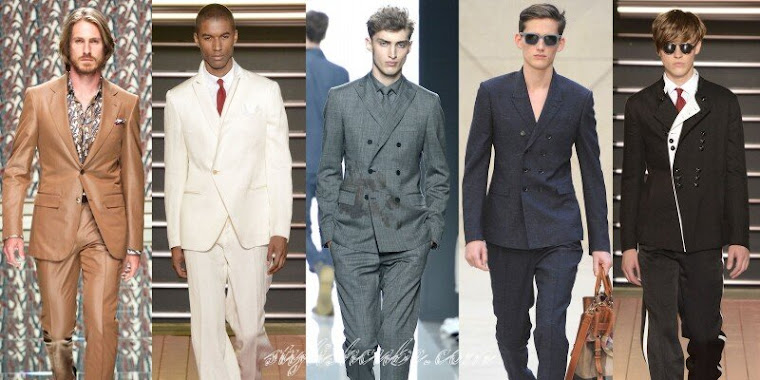
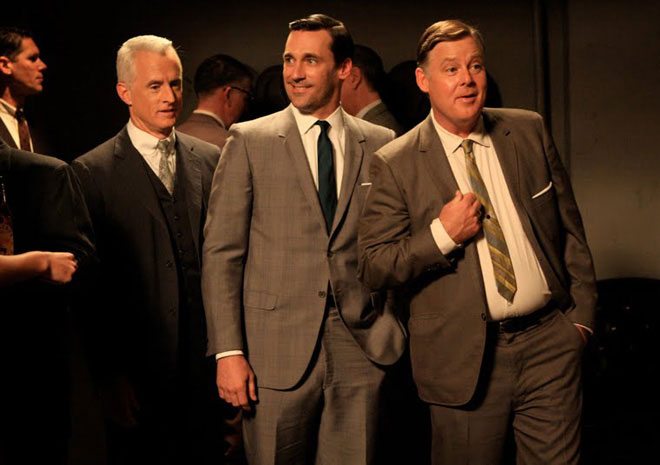
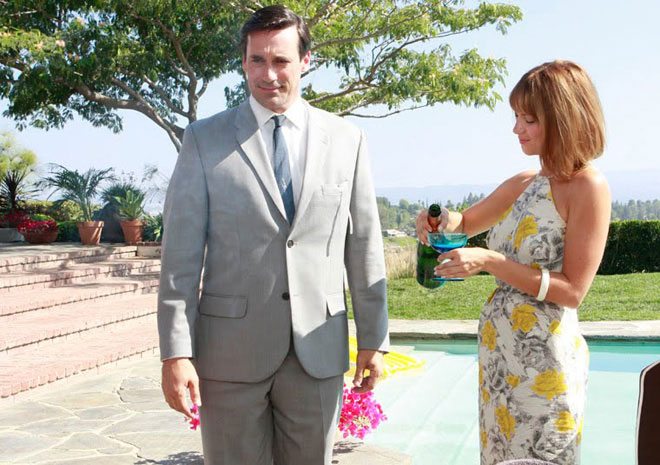

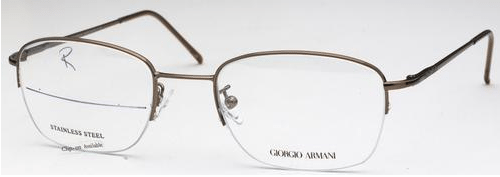
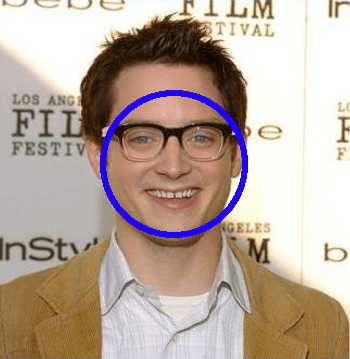
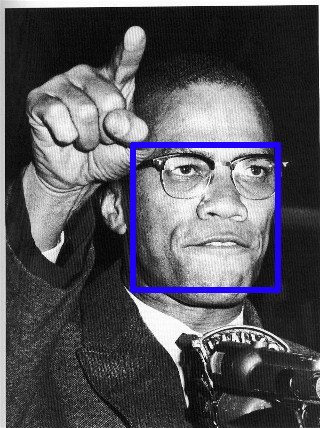
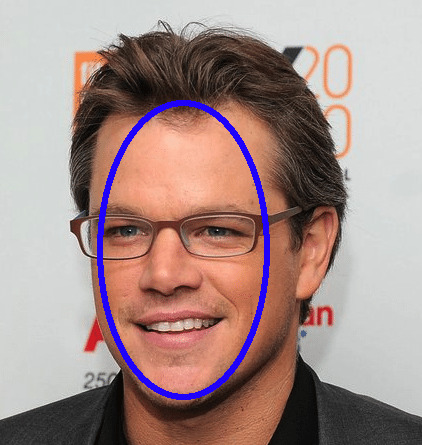
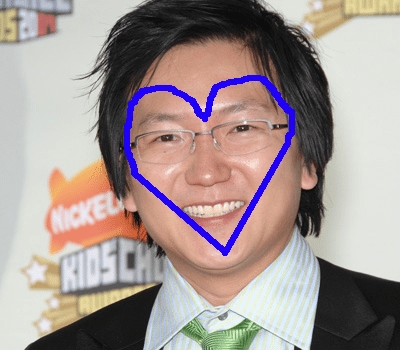
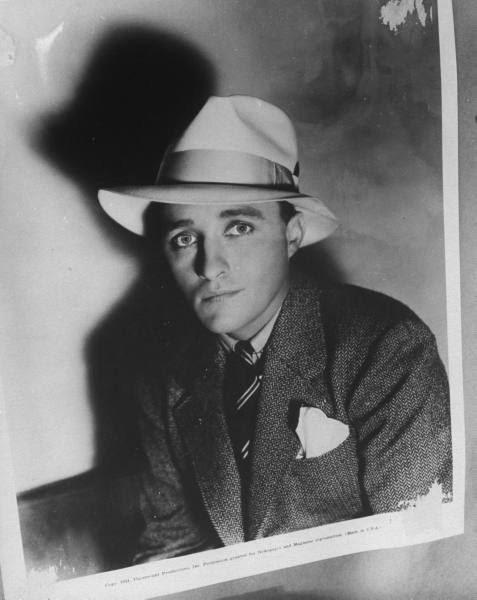 Wearing
a bold suit gives the wearer added confidence in uncertain times. This
era gave a lot of credence to the phrase “the clothes make the man”.
Today, many men are seeking to improve their profile in the limited job
market with less income. Menswear of the 1930s adapted to this similar
situation with adaptations that stood the test of bad times as well as
the good.
Wearing
a bold suit gives the wearer added confidence in uncertain times. This
era gave a lot of credence to the phrase “the clothes make the man”.
Today, many men are seeking to improve their profile in the limited job
market with less income. Menswear of the 1930s adapted to this similar
situation with adaptations that stood the test of bad times as well as
the good.